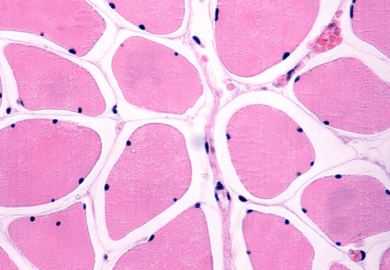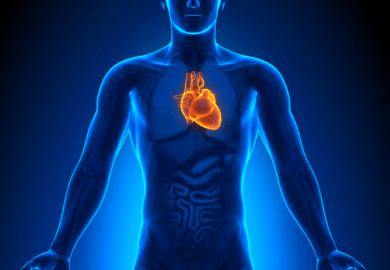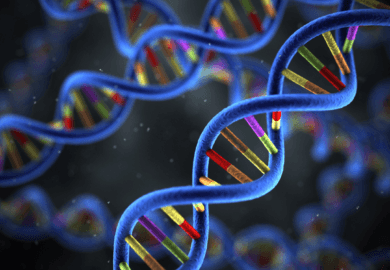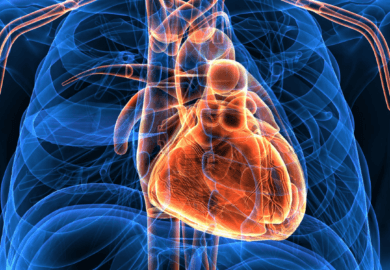
More “hack” than “bio”: why biohacking sends the wrong messages about the pursuit of health and longevity
Distracting from the approaches that matter

Silencing the alarm over a recent paper on dietary protein and atherosclerosis
A recent report that high protein intake contributes to atherosclerosis has limited relevance to anyone but transgenic mice

Resistance training partially reverses some of the hallmarks of aging type II muscle fibers
Age-related muscle declines are not as inevitable as you might think.

The [almost] unbelievable effects of a high maximal aerobic capacity on all-cause mortality
Everything you need to know about VO2 max

Research Worth Sharing, March 2024 Edition
Organ-specific aging, a blood-based test for brain tumors, avoiding bananas in smoothies, stair-climbing tests for frailty, and omega-3 intake and CVD

Does time-restricted eating increase the risk of cardiovascular death?
Why I don’t put any stock in a recent “study”

“DNA diets” are still a long way off from offering an easier route to weight loss
A recent study reports that leveraging genetics to inform diet choice is ineffective in promoting weight loss beyond the effects of calorie restriction alone

Removing race as a risk factor for cardiovascular disease?
The AHA has announced a new “race-free” assessment tool, but eliminating this variable carries the potential to increase – rather than decrease – racial disparities in healthcare

Optimizing protein quantity, distribution, and quality
Maximizing muscle protein synthesis is more than a matter of daily protein intake. How we distribute protein throughout the day matters, as does protein quality.

Aerobic exercise for Parkinson’s disease
The neuroprotective nature of aerobic exercise influences a variety of Parkinson’s disease symptoms, on top of its role in impacting disease risk and progression
